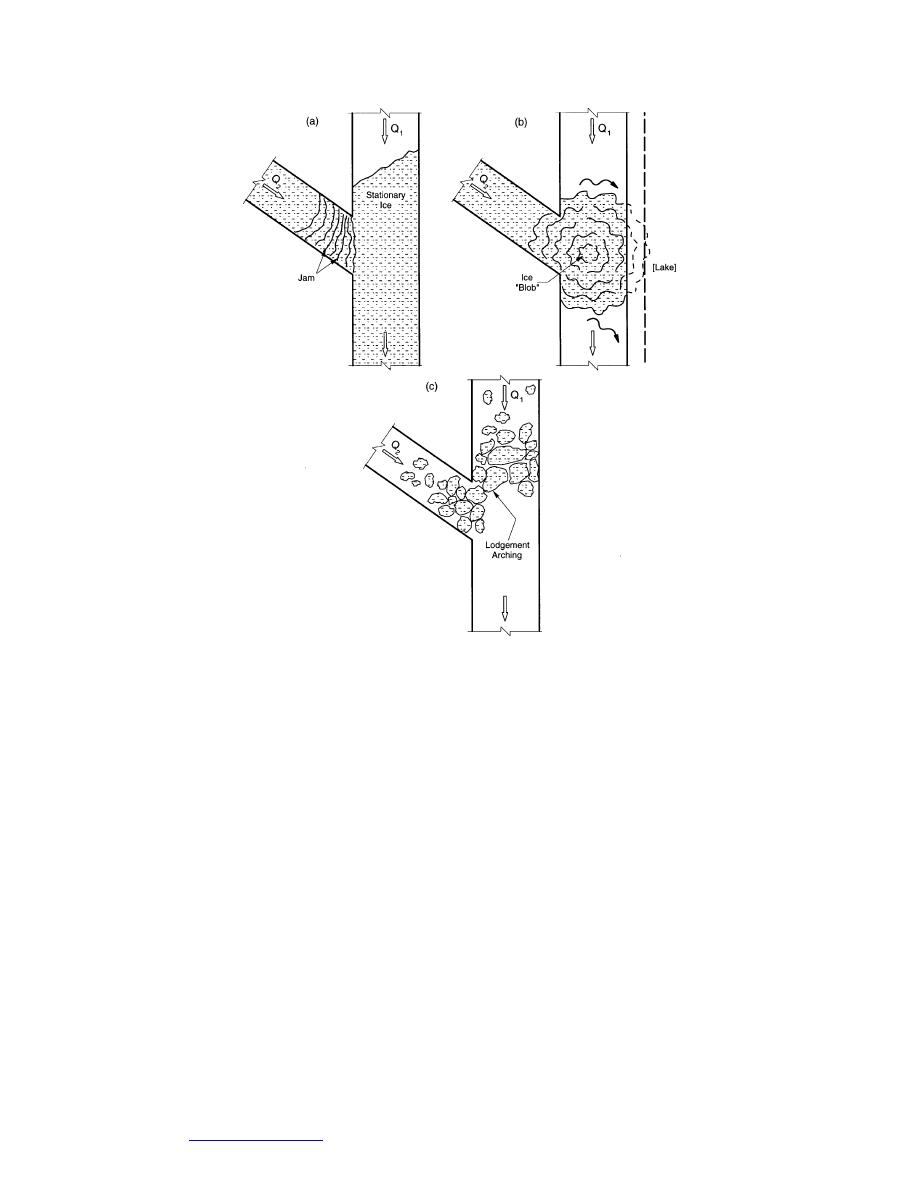
Figure 12. Simple jamming mechanisms of confluences: (a) stationary
or slow moving ice in the main channel; (b) large main channel; (c) arch-
ing of the ice pieces across the confluence.
Each of these mechanisms reflects a limiting condition for the sets of nondimen-
sional parameters identified in eq 15 and 20. The parameter C1, for example, might
be considered at a limiting condition when ice from channel 2 is blocked by sta-
tionary ice in channel 1 (Fig. 12a). The combination of parameters Q1/Q2 and b1/
b2 may be considered at a limiting condition when ice from channel 2 discharges
into a much wider channel with sluggish velocity (Fig. 12b) and essentially depos-
its a blob of ice. In simple terms, the parameter bc/D is at a limiting condition
when ice piece arching is the jam mechanism (Fig. 12c).
On the basis of the survey conducted by Tuthill and Mamone (1997), these three
simple mechanisms appear to account for the preponderance of ice jams in the
vicinity of confluences.
Jamming of merging ice runs
Two ice runs merging in the confluence may cause one ice run to jam at a loca-
tion immediately upstream of the confluence. This mechanism (Fig. 13) will occur
if the upstream component of the lateral pressure exerted by ice discharging from
one channel Fmerge equals or exceeds the net force, ΣF, driving the ice in the second
channel. The resultant jam forms in the second channel immediately, or a short
26
Go to contents page



 Previous Page
Previous Page
